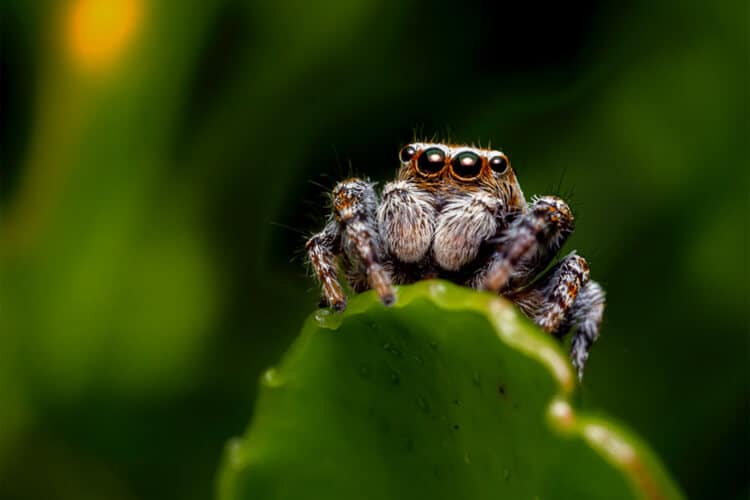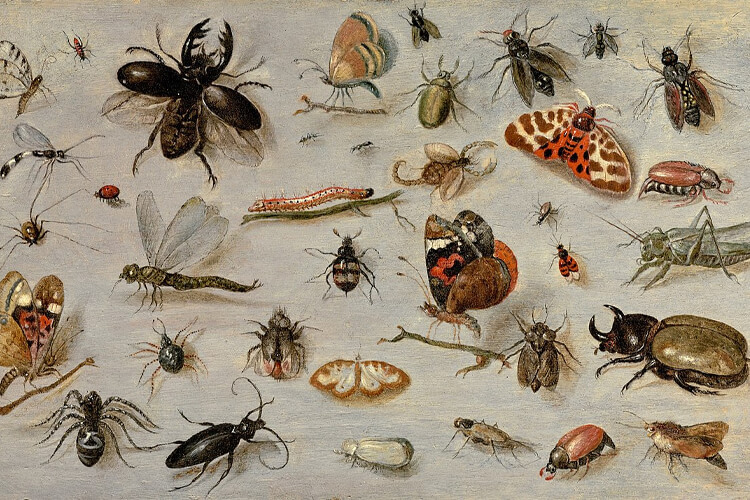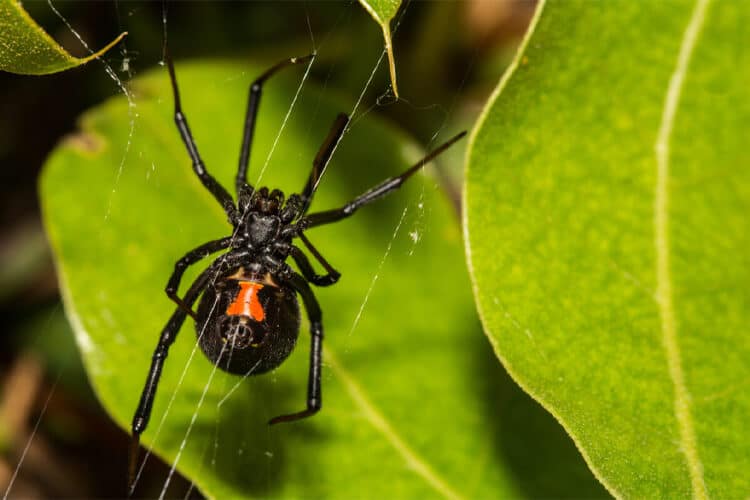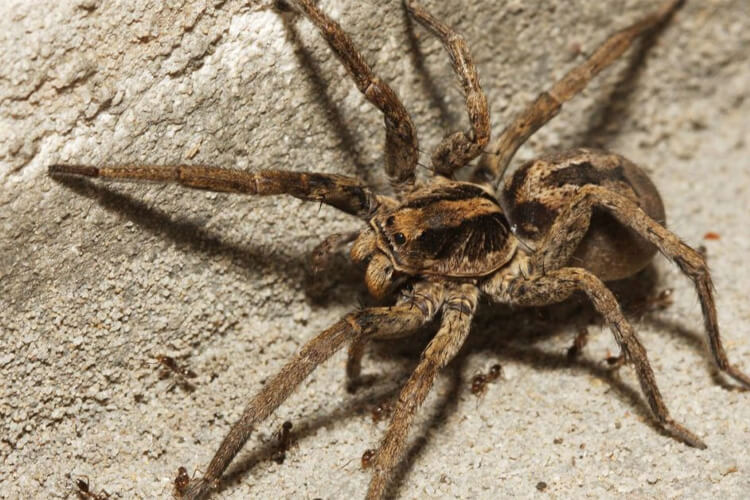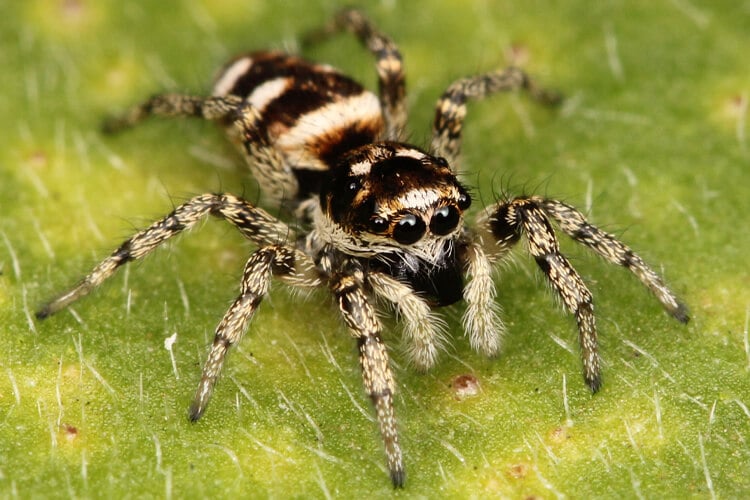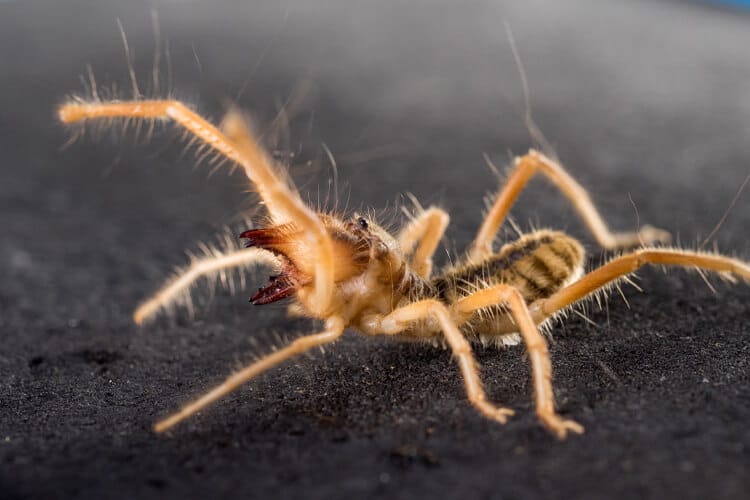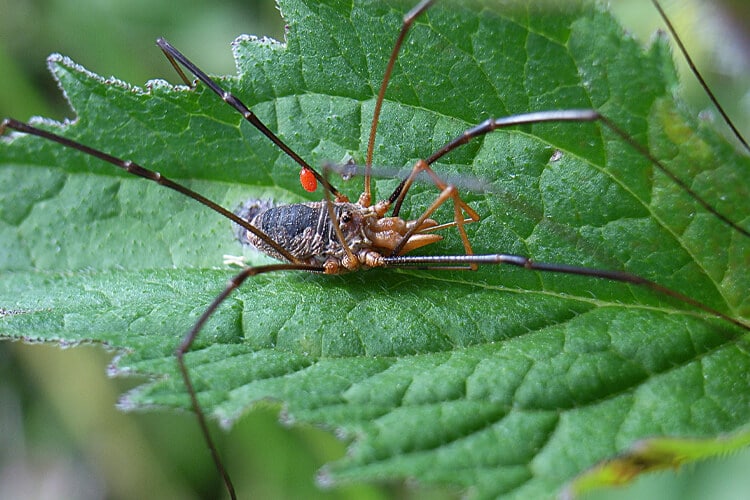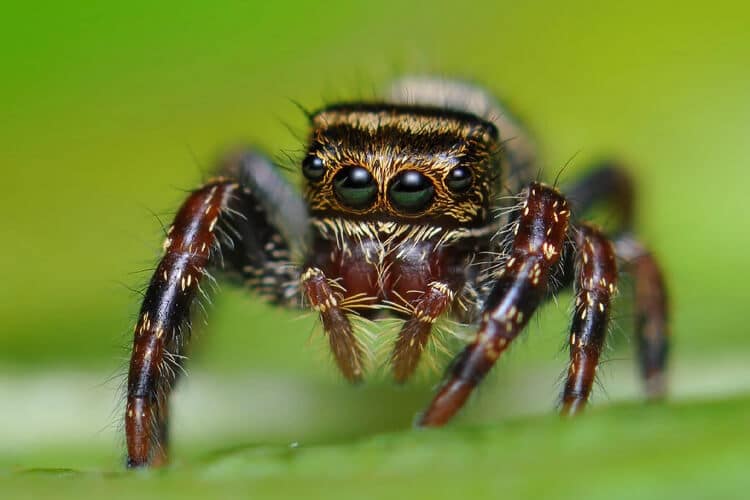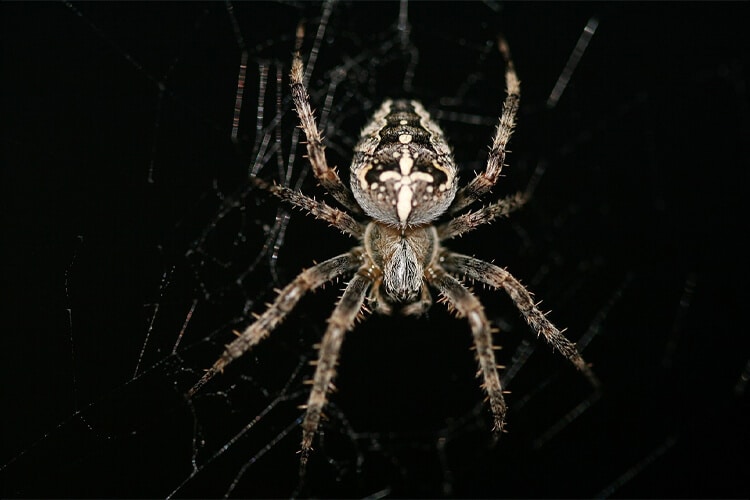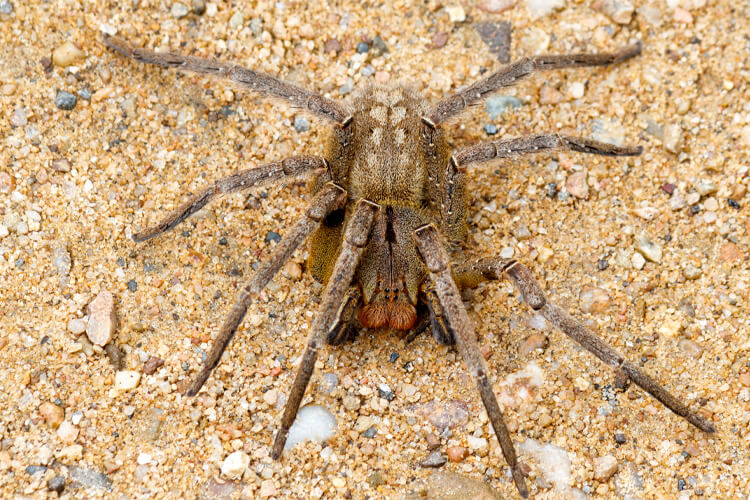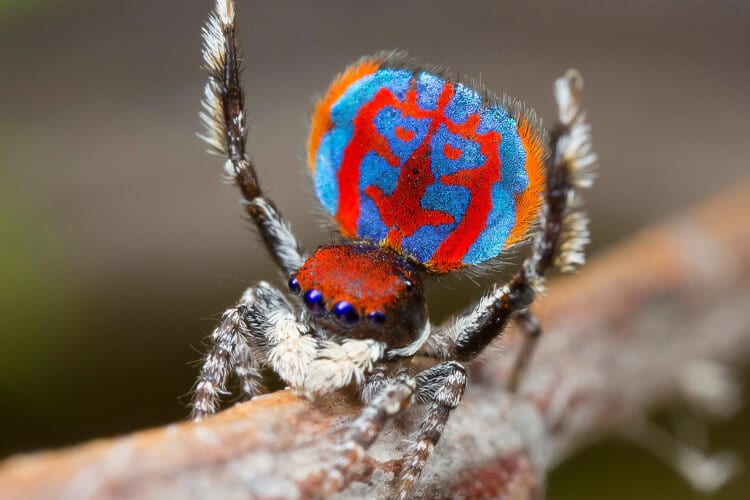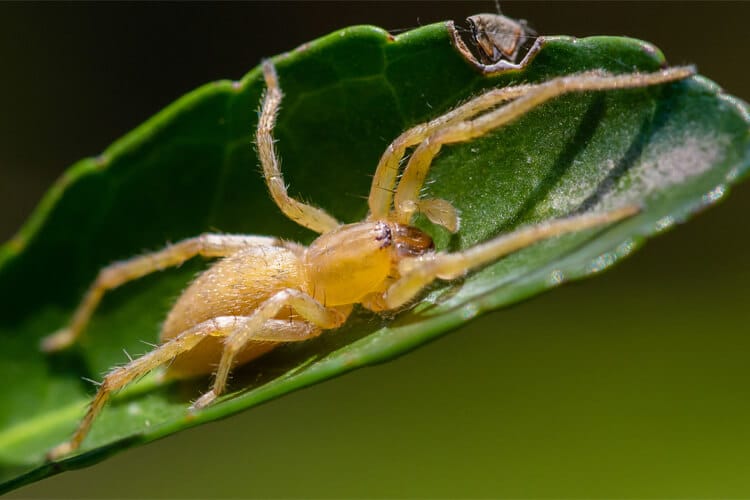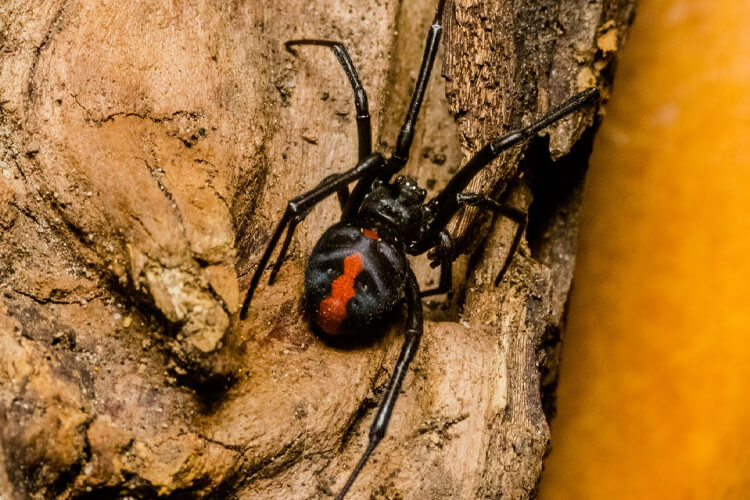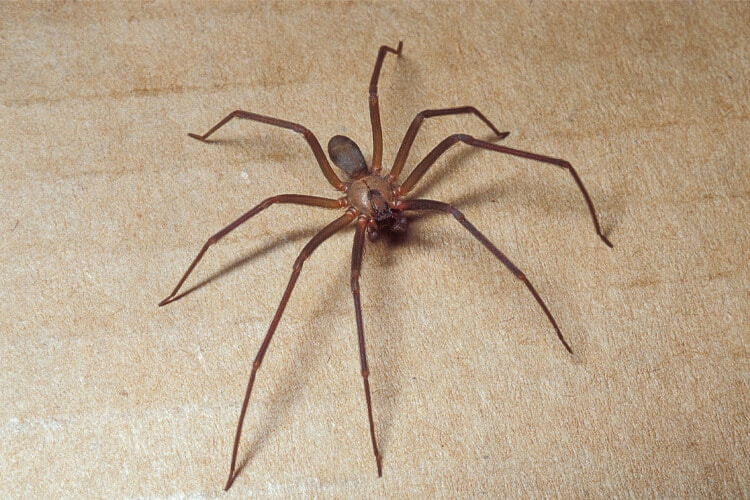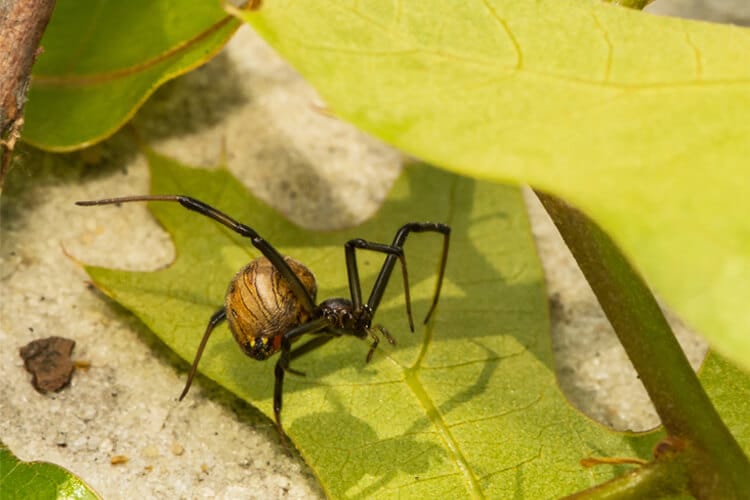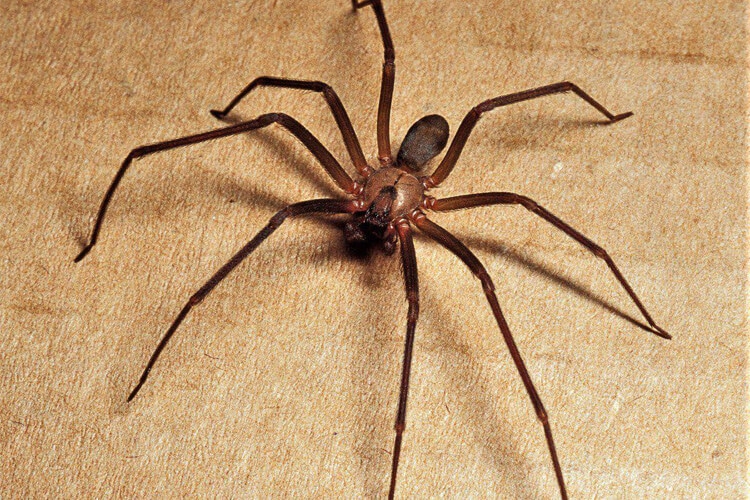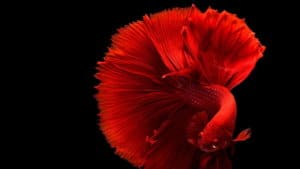In many different places in the world, there are different types of spiders with different characteristics. While some of these are poisonous enough to kill humans, some are harmless spiders. However, insects such as snakes and scorpions are among the most disliked creatures.
What is a Spider?
Spider is the general name given to the arachnids from the spiders (Araneae) order of the arachnia (Arachnia) class. Spiders live almost all over the world. According to figures in 2012, it is known that there are 43,244 species of spiders in 3879 genera in 112 families.
The head and thorax of spiders are interconnected. Their bellies are also connected to their breasts by a thin waist. The waist of another creature of the same size could never be this thin. It contains the digestive tract, trachea, blood vessels, and nervous system.
Their length usually starts from a few centimeters and can go up to 35 centimeters. They have 2 poisonous hooks and two sense feet in their mouths. Generally, there are 3 or 4 pairs of simple eyes on the head. The arrangement of their eyes helps in classifying them. The rounded abdomen is very flexible and soft.
In the lower part are the respiratory organs, anus and sex organs. Spiders have adapted to more than one ecosystem in the world; Thus, groups living in more than one and different ecosystems emerged. It is possible to come across them in a wide variety of environments, from hills to pits or streams to lakes. All spiders are carnivores.
What are the General Characteristics of Spiders?
- Spiders are wild creatures. They can attack each other. They are not picky about their prey. Most of them feed on insects of their own genus.
- Not all spiders can set traps by making webs. Some catch their prey by jumping on them or chasing them.
- There are also aquatic species. They feed on frogs and some fish.
- They paralyze the creature they catch with the poison emitted from their claws. Then they bite and secrete a liquid that dissolves the internal organs, and after a while the organs of the prey begin to melt.
- Even if spiders’ legs are cut off, it is possible for new spiders to grow in their place.
- They usually struggle to survive individually, not collectively.
- Similar to scorpions, after mating, the female eats the male.
- Spiders are color blind.
- They have an average life span of 1.5 and 2 years.
What are the Differences between Spiders and Insects?
- Spiders differ from insects with some features. While most insects have wings, spiders do not.
- Insects have 6 legs while spiders have 8 legs.
- Spiders do not have antennae. Therefore, pedipalps located in front of their mouths act as antennae. They are called sense legs because they resemble legs when viewed from the outside. They are covered with sensory hairs, so they can smell and taste.
- In spiders, the trachea, that is, the respiratory tubes, are in the lower part of the abdomen, like in scorpions, and are like book leaves, so lung types are called book lungs. There are two or four book lungs. If spiders have 2 book lungs, they have additional respiratory tubes to facilitate breathing and to compensate for the deficiency.
Spider Species and Names
1) Black Widow (Latrodectus Mactans)
The black widow, from the Theridiidae family, is one of the most famous names among spider species. It is a black and shiny spider, about the size of an olive. They like to have dark places where they live, so they are often seen in dark attics. They average 10 – 12 mm in size and are common in South America.
Black Widow catches her prey with net traps. They are called black widows because the females eat the male after mating. The females have a strong venom, but the discomfort from the sting is somewhat exaggerated. Although the venom in the female is not strong enough to kill a human, an average of 15 people die from the bite of a black widow every year.
2) Wolf Spider (Lycosidae)
It is one of the largest of the spider species. For this reason, it is also referred to as the giant wolf spider in some sources. They are between 1 and 20 mm in length and have eight eyes. They are easily distinguished from other spiders by their main features. One of the most important differences is that they live in the soil. Unlike the black widow, they hunt without knitting.
Although very large, they can move very agile. They feed on spiders and insects that are smaller than themselves. They spread all over the world. Most do not harm humans, and if they bite, their venom causes a mild itchy pain. However, the bite of some species found in South America is necrotic and may require medical attention.
3) Zebra Spider (Salticus)
This spider, which belongs to the Salticidae family, has 48 species. Due to the patterns on it, it was named zebra spider among the people. These spiders, which can survive even on rocks, have two black and white bands on their body. They generally live in forests and hollows of trees. Extremely active and mobile, zebra spiders weave their web one day in advance and then retreat to rest.
4) Tarantula (Theraphosidae)
There are approximately 1000 different species. It is very popular in the exotic pet market because it can be kept as a pet. The fur of this pet breed can irritate the skin and even damage the eyes. They have 8 legs with feathers covering the body.
They live in shady places, which are usually damp, in tree cavities or under stones. Tarantulas are venomous spiders, but this venom is not dangerous enough to kill a human. Itching and mild blisters occur at the bite site, which lasts for 2 or 3 hours.
They are commonly found in the Americas, Mexico, Australia, Spain, Portugal, Turkey, and Italy. They usually feed on insects suitable for their size. However, some large species also hunt birds or mice.
5) Bough (Galeodes Graecus)
This type of spider, which is popularly known as the böğü, is the most common species in our country and there are more than 1000 species. Their motive power is highly developed. These spiders, which can jump even to very high places, often bite people. For this reason, they are called flesh-eating monsters.
6) Long-Legged Spider (Phalangium Opilio)
Long-legged spiders generally live in wooded and prairie areas. At an adult size, long-legged spiders are usually between 3.5 and 9 mm long. The upper part of their body is light gray and brown patterned. The undersides are usually cream colored. They forage for food by climbing tree trunks or on the ground.
They feed on arthropods such as caterpillars, insect larvae, mollusks, and small slugs. Females usually lay their eggs in a moist soil and at the end of winter, these eggs hatch in spring.
7) Eight-Eyed Spiders (Tegenaria Gigantea)
Eight-eyed spiders can often be found in your workplaces and homes during the autumn months, in search of a mate, for mating. They live in homes and workplaces, as well as in garages and gardens. They live in rock crevices and tree holes.
Females produce a silk-lined, white egg sac that is the size of a nail. The male may mate with the female several times before he dies. It takes about 2 years for them to take the form of a large house spider.
8) Pholcidae
It is a family of small to medium spiders. Its legs are very long and slender. There are 986 species in the world and they are mostly found in the Eastern Mediterranean region. Their bodies are bipartite and they have four long pairs of legs. In adulthood, they reach 2.5 centimeters in length. If disturbed, they will quickly sway themselves in cobwebs. They usually feed on their own kind of spiders and can give birth at any time of the year without being affected by the season.
9) White Hairy Spiders (Araneus Diadematus)
It is a harmless spider species from the Araneidae family and common in the Holarctic region. Females are 13 and 18 mm, males 5.5 and 12 mm. They have dense and white feathers. Its legs are brown and equipped with white spines. On the abdomen there is a white marking, similar to a cross.
They are seen on their nets stretched between the bushes and are usually seen between June and November. These spiders weave their webs overnight for the next day. Female spiders wait for their prey upside down in the spider web. When they catch their prey, they bite quickly and wrap it in silk. In rare cases, the female may eat the male spider after mating.
10) Brazilian Wandering Spider (Phoneutria)
Also known as banana spider, it is the general name of 8 different species belonging to the genus Phoneutria. They are 15 cm long. This spider, which is usually lazy during the day, begins to hunt at night. This spider is one of the most venomous spider species in the world. With their poison, they can destroy the nervous system in a very short time.
As a result of a proper bite, the prey stays motionless in a short time, starts convulsions and dies. But in the evolutionary process, banana spiders do not need to attack large mammals. Also, their venom-injected front teeth are not strong enough to pierce the skin of mammals.
For this reason, it cannot be said that they are very dangerous for humans. In addition, these insects have an interesting side effect. A peptide component consisting of amino acids in the venom stimulates the genitals of men, causing a painful and painful erection.
11) Leaping Spider (Salticidae)
Although they are popularly called Jumping spiders, they are not the only jumping spiders. They usually live in warm weather and hunt by leaping from place to place. They can live in different environments. They can survive in completely unrelated environments such as scrublands, deserts, mountains and tropical forests. They have eight eyes, and four of them are extremely large and prominent. With these features, they are easily distinguished from other spiders.
12) Yellow Pouch Spider (Cheiracanthium)
It is a spider with a yellow beige belly. Its dimensions are between 0.25 and 1 cm. The vast majority of spider bites in the world belong to them and are venomous. Your skin begins to swell and itch. They weave nets to hunt, and this hunting time is usually at night. They don’t bite people much. But if you have them in your garden or enter their living areas, you may encounter them.
13) Red-backed Spider (Latrodectus Hasselti)
It has a black body and has a bright red stripe on its back. It is common in Australia, South West Asia and New Zealand. But they are not a spider to worry about, because they are not aggressive. They do not attack people if they are not provoked. The ones you should stay away from are the female ones.
Because their males are too small to pose a serious danger to you. But their females are up to 1 centimeter long and they are quite poisonous. The poison works its way into you slowly. You may experience severe aches, muscle pains and nausea.
14) Chinese Bird Spider (Cyriopagopus Schmidti)
It is usually found in China and is one of the largest spiders in Asia. It is one of the most venomous spiders among the spider species. It is usually dark brown and yellow in color. It reaches approximately 20 cm in length. The Chinese bird spider usually lives in burrows and usually only comes out to hunt.
Their venom, called neurotoxin, immobilizes their prey, and their venom is too deadly. That is, even a very small dose causes the death of a small mammal. They are large mammals, so they do not like humans very much. But if you disturb them, they may become aggressive and bite you. If you are bitten, you should get to the hospital quickly.
15) Brown Solitary Spider (Loxosceles Reclusa)
The Brown Lone Spider is one of the most venomous of all spider species. They can reach up to 2 centimeters in length. They like dark and warm environments. They can be found behind furniture, especially in homes. These spiders have a necrotic venom and can easily rupture the vein wall at the bite site.
The bite causes a skin ulcer that takes months to heal on the skin of the person who is bitten. In very severe cases, the bite may become inflamed. The most logical thing to do in such cases is to wash the bitten area with soap, keep cold ice and go straight to the hospital.
16) Chilean Solitary Spider (Loxosceles Laeta)
Chilean solitary spider, they are usually around 4 cm and live in South America, Chile, Peru, Brazil. These spiders do not attack humans much. But they can still bite you if they are pressed against your skin. This can usually range from simple skin irritations to skin and cell death. For first aid, things that can be good for the bite such as ice packs and aloe vera can be used.
17) Sydney Funnel-nest Spider (Atrax Robustus)
There are many dangerous animals in Australia, but the Sydney funnel-web spider is far more dangerous than any other animal. Its length varies between 1 cm and 5 cm. It is very common in pools and garages. The general rule in the spider world doesn’t quite apply to the Sydney funnel-web spider. In this type, males are more active and all power is in their hands.
Due to the acidic Ph level in their venom, their bites are quite painful, and they can easily sink their teeth into human skin. You can get an antidote as soon as you go to the hospital. But don’t let this cause you immediate relief, because the poison spreads through the body very quickly. For this reason, it is necessary to reach the antidote very quickly.
18) Six-Eyed Sand Spider (Hexophthalma)
The six-eyed sand spider buries itself in the sand; This is because it is preparing to catch its prey. This spider can reach up to 1.5 centimeters. It is about 5 cm long with legs. Six-eyed sand spiders are not aggressive, but if they try to attack you in any way, they must be avoided.
Because, according to venom science studies, the amount of venom possessed by this spider is more than any spider species in existence. Six-eyed spiders live in deserts, so they hardly bite people. But in some cases, it proves that their poison causes the accidental death of cells. This causes vascular and tissue damage. As with other spider bites, the earlier you get to the hospital, the easier your recovery will be.
19) Brownwidow
This species, which is from the Latrodectus family and the same family as the Black Widow, has a bad reputation among spider species. Also known as the brown button spider. Their color ranges from brown to tan. Unlike other spiders in the brown widow family, it has an hourglass mark under its abdomen.
Like all other black widows, Brownwidow has a medically neurotoxic venom . However, the effect of the poison is very low for humans. The effect of the brown widow’s venom is usually limited to the bite site and surrounding tissues. In other words, it does not spread to the whole body.
The only reason for this is that the spider cannot inject the venom sufficiently. Brown widows feed on crickets and other large insects. These spiders are found in South Africa, America, Southern Europe and Japan.
20) Brown Monk Spider
This spider is very small, but very effective. While normal spiders have 8 eyes, the Brown recluse spider has six eyes in a double row. The Monk Spider, which was among the spider species formerly found in South America, spread all over the world in a short time as it was traded. They often make an irregular web on tree bark and under stones.
Usually in search of food etc. they appear at night. Brown recluse spiders can be found in basements, closets, bedrooms, bathrooms, and attics. They are a breed that likes to stay hidden. When examining brown recluse spiders, it is necessary to use gloves and a flashlight.
This breed is not very aggressive, but when people approach them, they may involuntarily have to attack. Their bites are painless, but within 24 hours after the bite, all cells around the wound in the bite area will begin to die and rot. The wound may enlarge from 10 cm to 15 cm. If left untreated, the bitten person may die from kidney failure.

